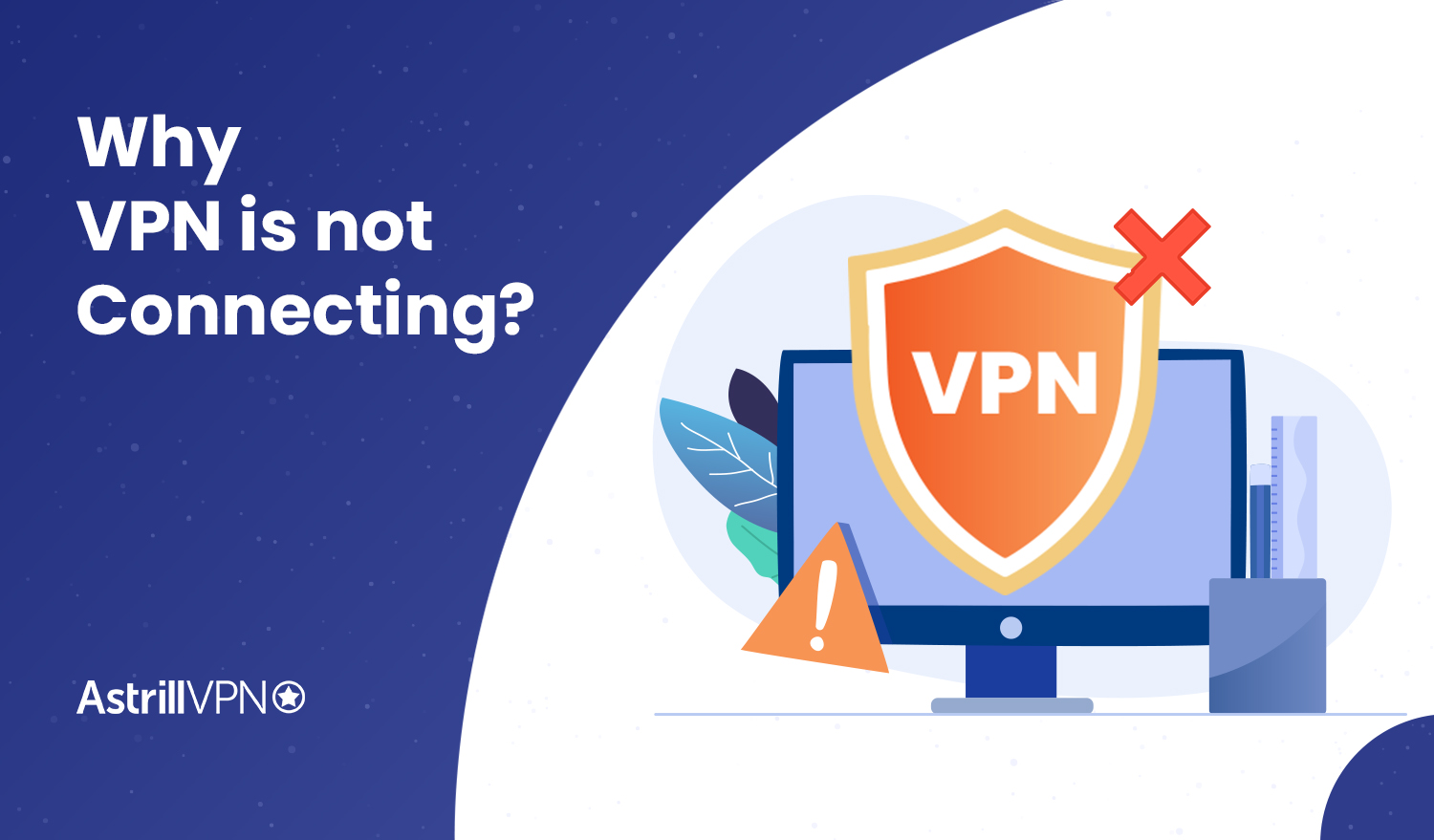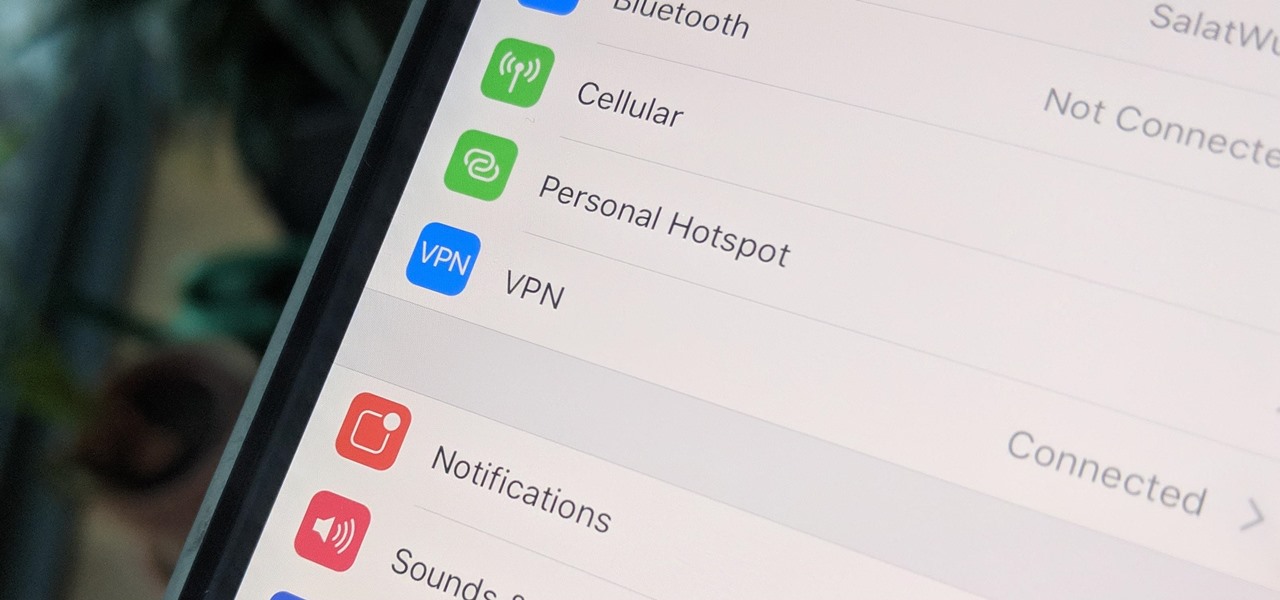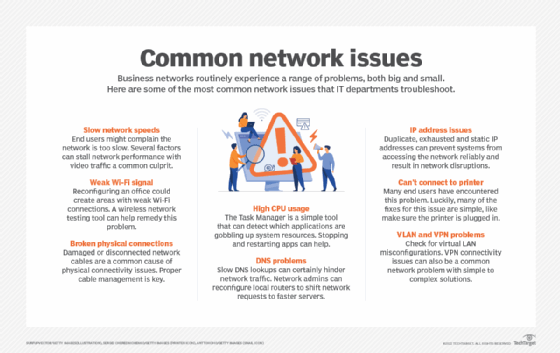Featured
Table of Contents
Troubleshooting - Barracuda Campus

The Routing and Remote Access snap-in lives within the Microsoft Management Console, referred to as the MMC. There are multiple methods to access the MMC. You can select the console from the Start menu's Programs choices, within the Administrative Tools folder within Windows server's Control Panel or by typing mmc at a command prompt.
As Tech, Republic's Brandon Vigliarolo demonstrates within his video at the start of this short article, the Providers console displays the status of the Routing and Remote Access entry. From within the Solutions console and with the Routing and Remote Gain access to entry highlighted, you can click Start the Service or right-click the entry and select Restart.
In some cases the VPN client and VPN server are set to utilizing different authentication methods. Confirm whether an authentication mistake is the issue by opening the server console. Another method of accessing the MMC is to type Control+R to open a command prompt in which you can type mmc and struck Enter or click OK.
If the entry isn't present, click File, select Add/Remove Snap-in, choose the Routing and Remote Access choice from the options and click Add, then OK. With the Routing and Remote Access snap-in included, right-click on the VPN server and click Properties. Then, evaluate the Security tab to confirm the authentication technique.
Unable To Connect To A Vpn On A Windows Pc? 7 Ways ...
Make sure the VPN customer is set to the authentication approach defined within the Security tab. Typically the products simply examined are accountable for many VPN connection refusal errors.
Each Web-based VPN connection typically utilizes 2 different IP addresses for the VPN client computer system. This is the IP address that's utilized to establish the preliminary TCP/IP connection to the VPN server over the Web.

This IP address normally has the very same subnet as the local network and therefore allows the client to communicate with the local network. When you established the VPN server, you should set up a DHCP server to appoint addresses to customers, or you can produce a bank of IP addresses to appoint to clients straight from the VPN server.


If this alternative is picked and the efficient remote gain access to policy is set to enable remote access, the user will have the ability to connect to the VPN. I have actually been not able to re-create the situation personally, I have heard reports that a bug exists in older Windows servers that can trigger the connection to be accepted even if the reliable remote gain access to policy is set to deny a user's connection.
How To Fix A Vpn That's Not Connecting

Another typical VPN problem is that a connection is successfully established but the remote user is not able to access the network beyond the VPN server. By far, the most typical cause of this problem is that approval hasn't been granted for the user to access the entire network. To allow a user to access the entire network, go to the Routing and Remote Access console and right-click on the VPN server that's having the problem.
At the top of the IP tab is an Enable IP Routing check box. If this check box is enabled, VPN users will have the ability to access the remainder of the network, assuming network firewalls and security-as-a-service settings allow. If the checkbox is not selected, these users will be able to gain access to only the VPN server, but absolutely nothing beyond.
If a user is dialing straight into the VPN server, it's generally best to configure a fixed route between the customer and the server. You can configure a fixed path by going to the Dial In tab of the user's homes sheet in Active Directory site Users and Computers and selecting the Apply A Fixed Route check box.
Click the Add Path button and after that go into the location IP address and network mask in the area provided. The metric should be left at 1. If you're using a DHCP server to assign IP addresses to clients, there are a number of other issues that could trigger users not to be able to surpass the VPN server.
The 3 Most Common Vpn Problems And How To Fix Them
If the DHCP server assigns the user an IP address that is currently in use somewhere else on the network, Windows will identify the conflict and prevent the user from accessing the remainder of the network. Another common issue is the user not receiving an address at all. The majority of the time, if the DHCP server can't assign the user an IP address, the connection won't make it this far.
If the client is designated an address in a variety that's not present within the system's routing tables, the user will be unable to browse the network beyond the VPN server. Ensure the resources the user is trying to gain access to are actually on the network to which the user is linking.
A VPN connection to the other subnet might, in truth, be required. A firewall software or security as a service solution could likewise be to blame, so do not forget to review those options' settings, if such elements are present in between the VPN server and the resources the user seeks to reach.
The first possibility is that one or more of the routers involved is carrying out IP package filtering. IP packet filtering could avoid IP tunnel traffic. I recommend checking the customer, the server and any makers in between for IP package filters. You can do this by clicking the Advanced button on each maker's TCP/IP Residences sheet, selecting the Options tab from the Advanced TCP/IP Settings Properties sheet, choosing TCP/IP Filtering and clicking the Residences button.
Latest Posts
Common Vpn Error Codes And Solutions For Windows 11/10
24 Best Vpn Services Available In 2023
What's The Difference Between Vpn & Ip Vpn?